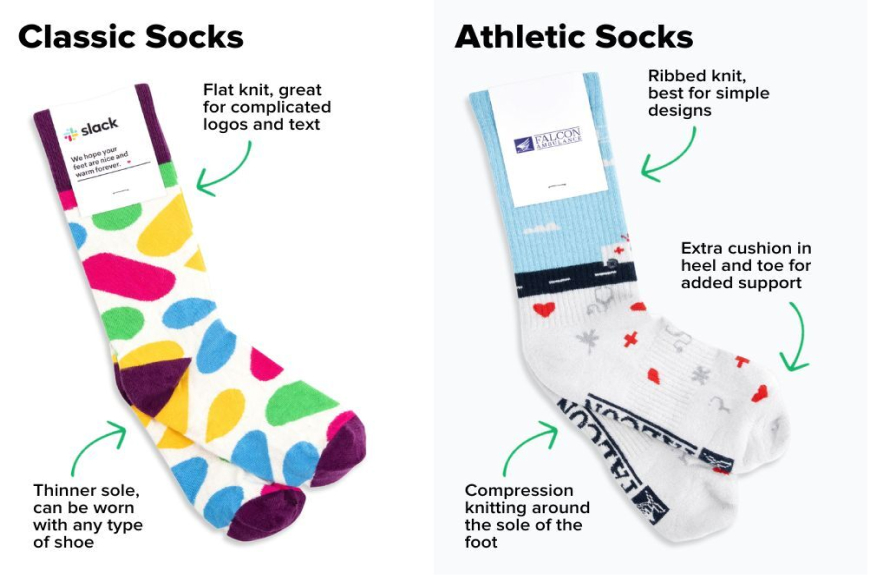Double socks, also known as liner socks, have been a topic of debate among hikers, runners, and outdoor enthusiasts for years. The concept is simple: wear two pairs of socks to reduce friction and prevent blisters. But does this method actually work? Let's dive into the world of double socking and explore its effectiveness in preventing those pesky blisters that can ruin any adventure.
The Theory Behind Double Socks
The idea behind wearing two pairs of socks is that the friction occurs between the two sock layers rather than between your sock and skin. This theory suggests that by adding an extra layer, you're creating a protective barrier that can help prevent blisters and hot spots from forming during long hikes or intense athletic activities.
How Double Socks Work
When you wear double socks, the inner sock is typically thin and moisture-wicking, while the outer sock provides cushioning and insulation. This combination aims to keep your feet dry and reduce the friction that leads to blisters. Many outdoor enthusiasts swear by this method, especially when tackling challenging terrains or engaging in high-intensity sports.
The Pros of Double Socking
One of the main advantages of double socking is the added layer of protection it provides. This can be particularly beneficial for those with sensitive skin or who are prone to blisters. Additionally, the inner sock helps to wick away moisture, keeping your feet drier and potentially reducing the risk of fungal infections.
The Cons of Double Socking
While double socking has its benefits, it's not without drawbacks. Some users find that wearing two pairs of socks can make their shoes feel tighter, potentially leading to discomfort or affecting circulation. There's also the risk of overheating, especially in warmer climates or during intense activities.
Alternatives to Double Socking
For those who find double socking uncomfortable or ineffective, there are alternatives. High-quality hiking socks designed specifically for outdoor activities can provide excellent protection against blisters without the need for an extra layer. Similarly, compression socks can offer support and reduce friction, potentially lowering the risk of blisters.
The Importance of Proper Fit
Regardless of whether you choose to double sock or not, the fit of your socks and shoes is crucial. Ill-fitting footwear is a common cause of blisters, so make sure your shoes provide adequate support and don't rub against your feet. Similarly, socks that bunch or slip can increase friction and lead to blisters.
Moisture Management
One of the key factors in blister prevention is moisture management. Whether you're using double socks or a single pair, choosing materials that wick away sweat is essential. Many modern sock designs incorporate moisture-wicking technology to keep your feet dry and comfortable during extended wear.
Wrapping Up
While double socks can be an effective method for preventing blisters for some individuals, they're not a one-size-fits-all solution. The effectiveness of this technique can vary depending on factors such as foot shape, activity type, and personal preference. Experimenting with different sock combinations, materials, and fits is often the best way to find what works for you. Remember, the goal is to keep your feet comfortable and blister-free, whether that means double socking or finding the perfect single pair of high-quality socks.


